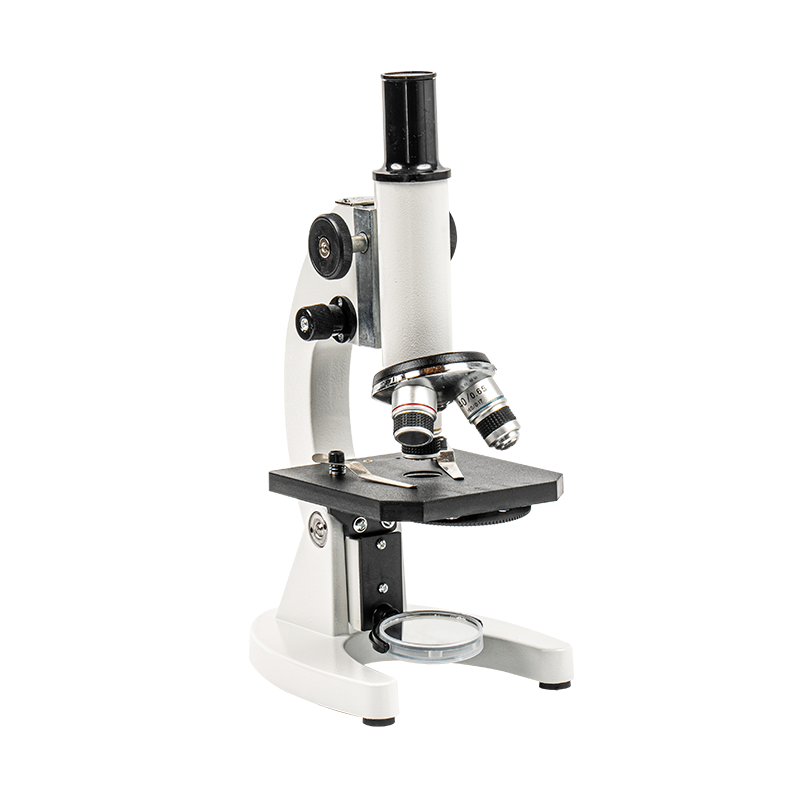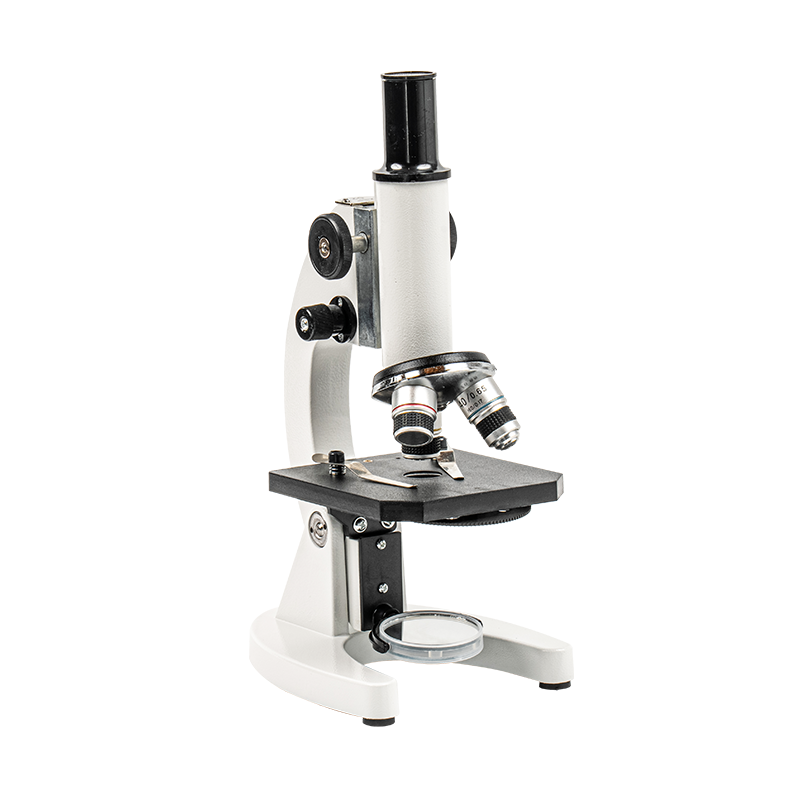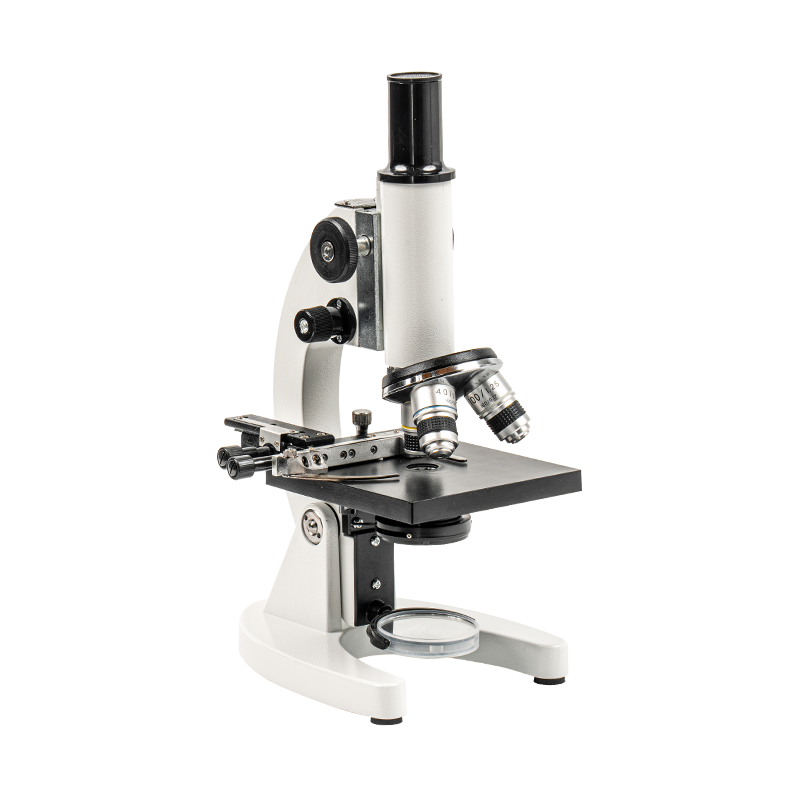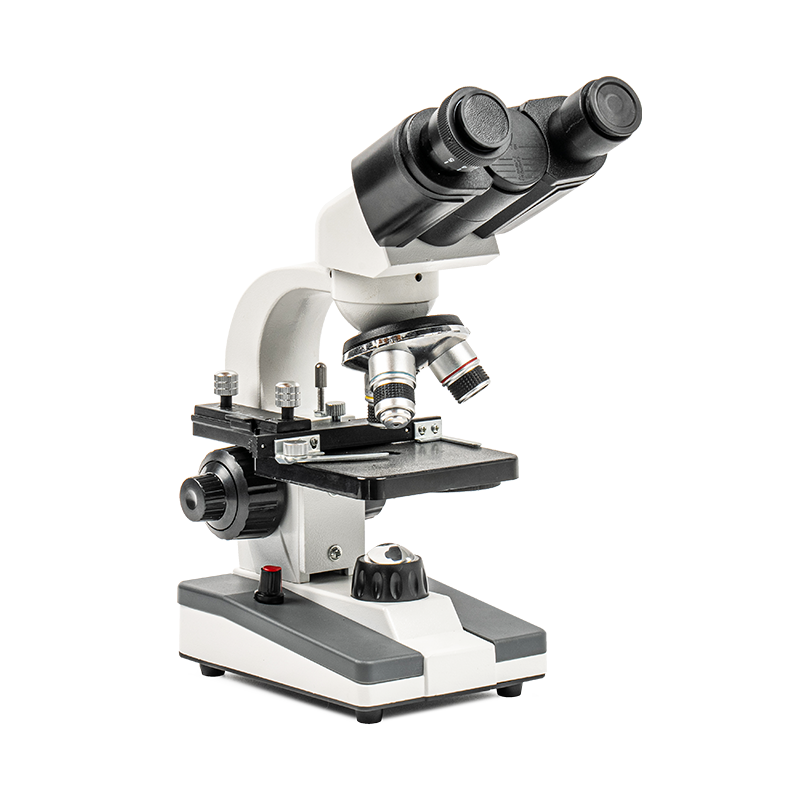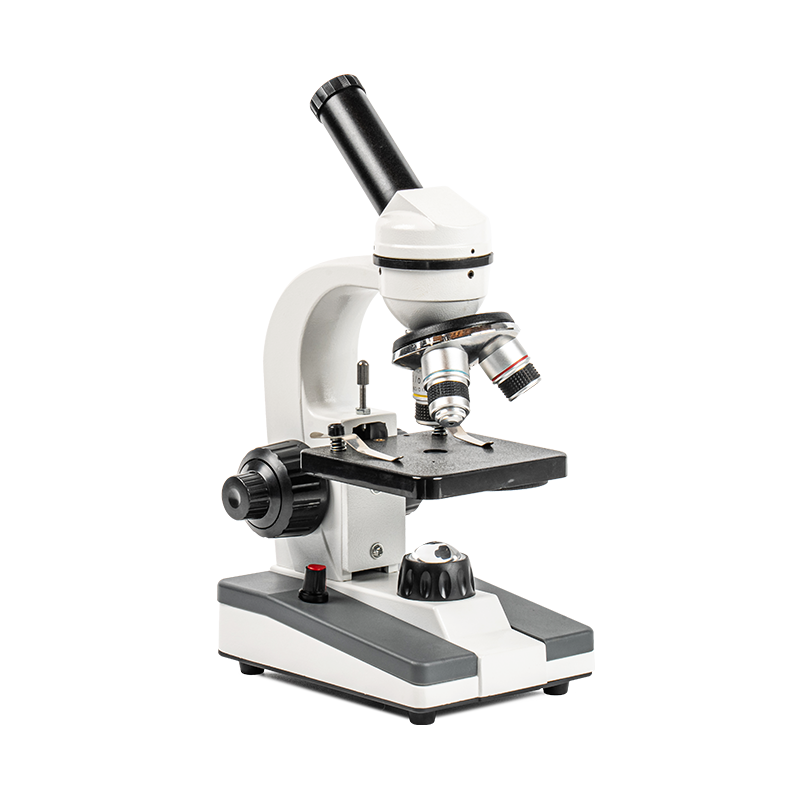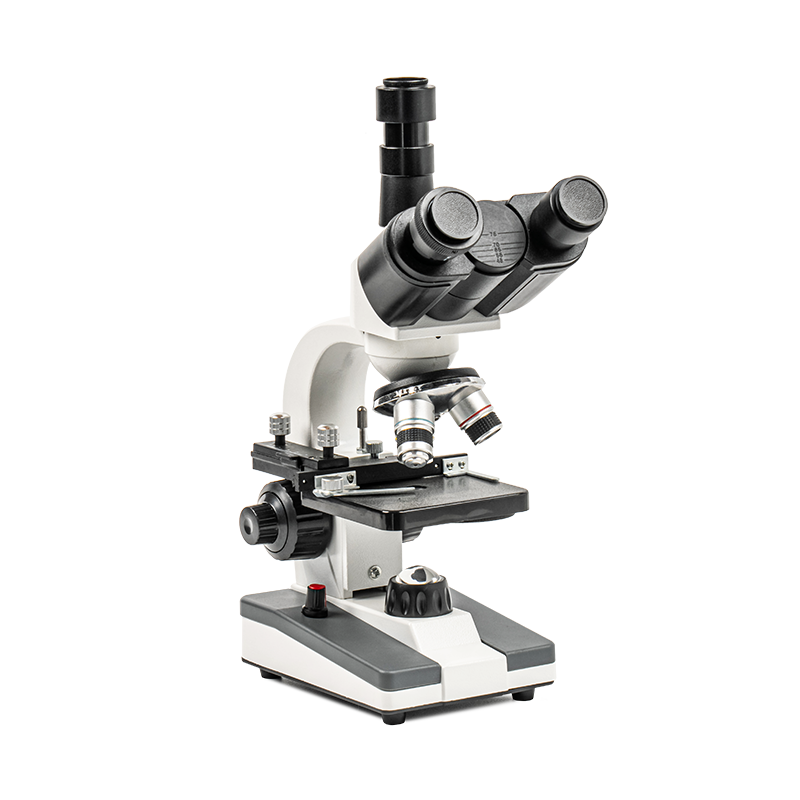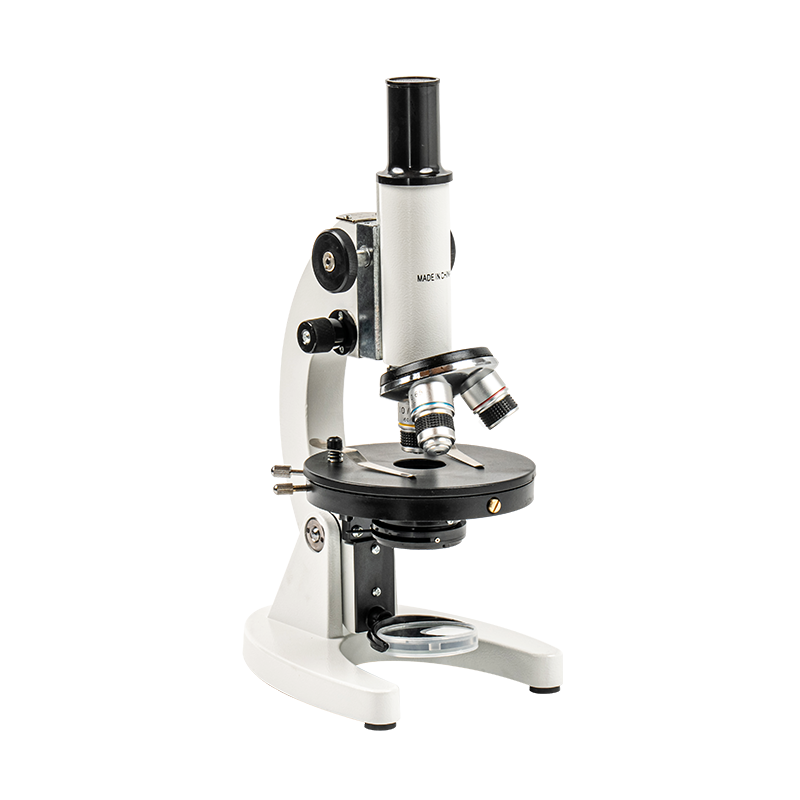As a basic tool in scientific research, biological microscopes have become an indispensable part of education and medical research. Whether it is helping students understand the microscopic world in classroom teaching or conducting cell-level research in the medical field, biological microscopes play a vital role. With the continuous advancement of technology, the application of biological microscopes has expanded from traditional teaching tools to medical diagnosis and research, becoming a key device to promote the development of life sciences and medical technology.
Biological microscopes are one of the core tools of life science education in the field of education. Especially in biology courses in middle schools and universities, biological microscopes allow students to intuitively observe microscopic organisms, cells and their internal structures, which not only enhances the interactivity and fun of the classroom, but also effectively helps students deepen their understanding of biological knowledge.
In the basic education stage, biological microscopes provide students with a window to explore natural and scientific phenomena. By observing tiny objects such as cells, blood samples, and microorganisms, students can more intuitively understand the basic structure and function of life. For example, the process of cell division, photosynthesis of plants, and the morphological characteristics of microorganisms can present specific and clear images under a microscope, helping students master abstract biological concepts. With the popularization of digital biological microscopes, students can also view higher-definition images through computer screens and perform image analysis, thereby further improving their analytical and critical thinking skills.
In the field of medical research, the importance of biological microscopes is even more prominent. With the continuous deepening of medical research, especially the rapid development of molecular biology and cytology, biological microscopes have become a basic tool for observing and analyzing the morphological structure of cells, tissues and organs. Medical researchers observe pathological sections, tissue samples and various biological specimens through microscopes, providing important basis for the diagnosis, treatment and prevention of diseases.
In cancer research, biological microscopes help researchers observe the morphological changes of tumor cells, analyze the growth pattern of tumors and their response to drug treatment. In cytology and molecular biology research, microscopes are not only used to observe the morphology and distribution of cells, but also help researchers study various structures in cells, such as mitochondria, nuclei and protein complexes, to reveal the cellular mechanisms and pathological changes of diseases. This plays a vital role in understanding the mechanisms of complex diseases such as cancer, cardiovascular disease, and neurodegenerative diseases.
With the continuous advancement of technology, biological microscopes are developing in a more intelligent and automated direction. For example, the application of artificial intelligence (AI) technology enables microscopes to automatically identify cell types, mark tumor cells, and analyze cell changes, thereby improving the efficiency and accuracy of medical research and clinical diagnosis. These innovations not only accelerate the progress of medical research, but also provide more possibilities for early diagnosis and treatment of patients.
With the continuous advancement of microscopy technology, digitization and automation have become the main trends in the development of biological microscopes in the future. The widespread use of digital microscopes and high-definition microscopes makes observations in education and medical research more accurate and convenient. Digital microscopes can provide clear images, combined with a variety of interactive functions such as image magnification and contrast adjustment, which greatly promotes students' understanding of the microscopic world. Through these advanced technologies, students can not only see more detailed cell structures and complex processes in organisms, but also participate in the analysis and discussion of experimental data, which improves the sense of participation and interactivity of learning.

 English
English Español
Español عربى
عربى 中文简体
中文简体